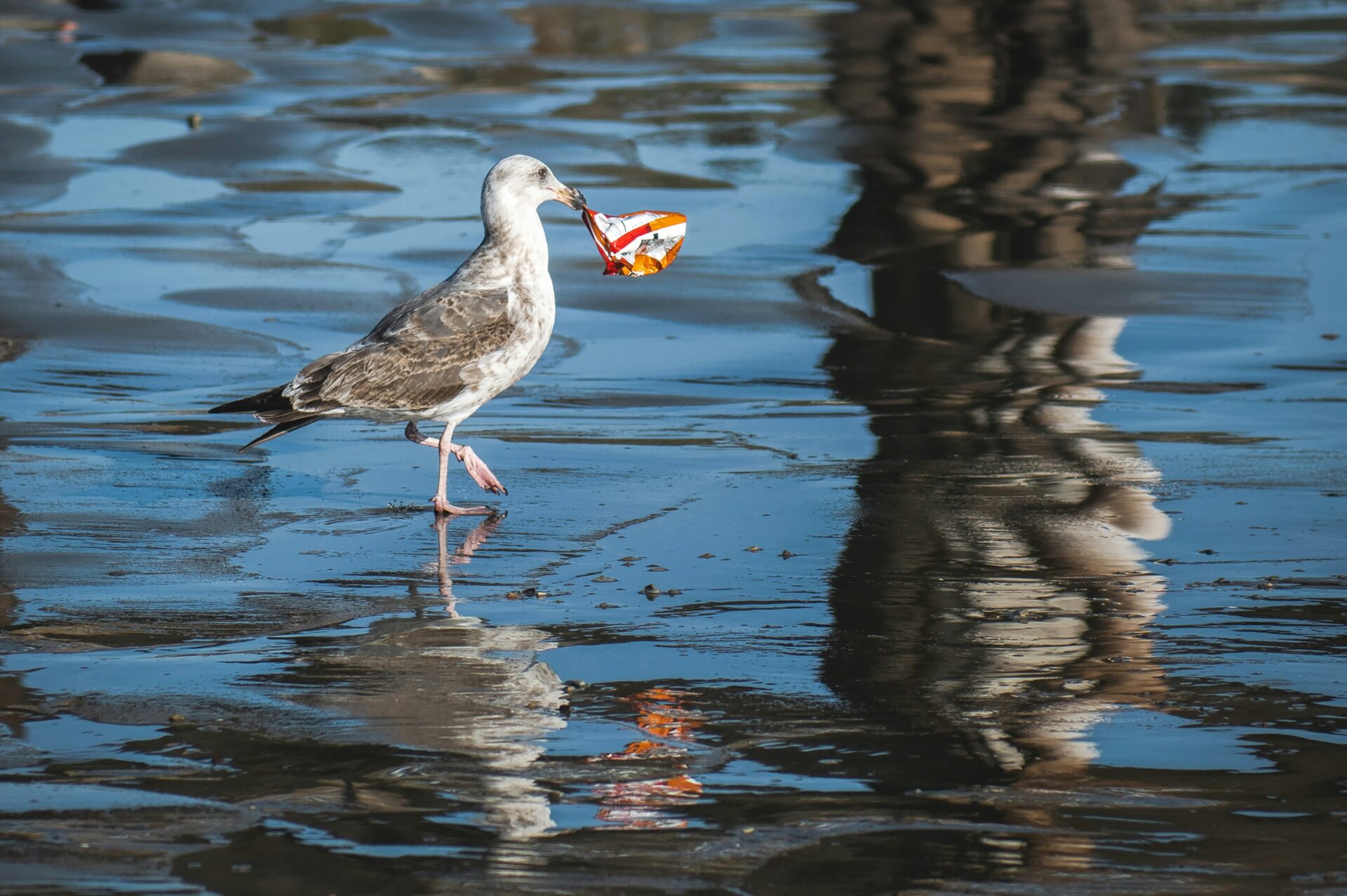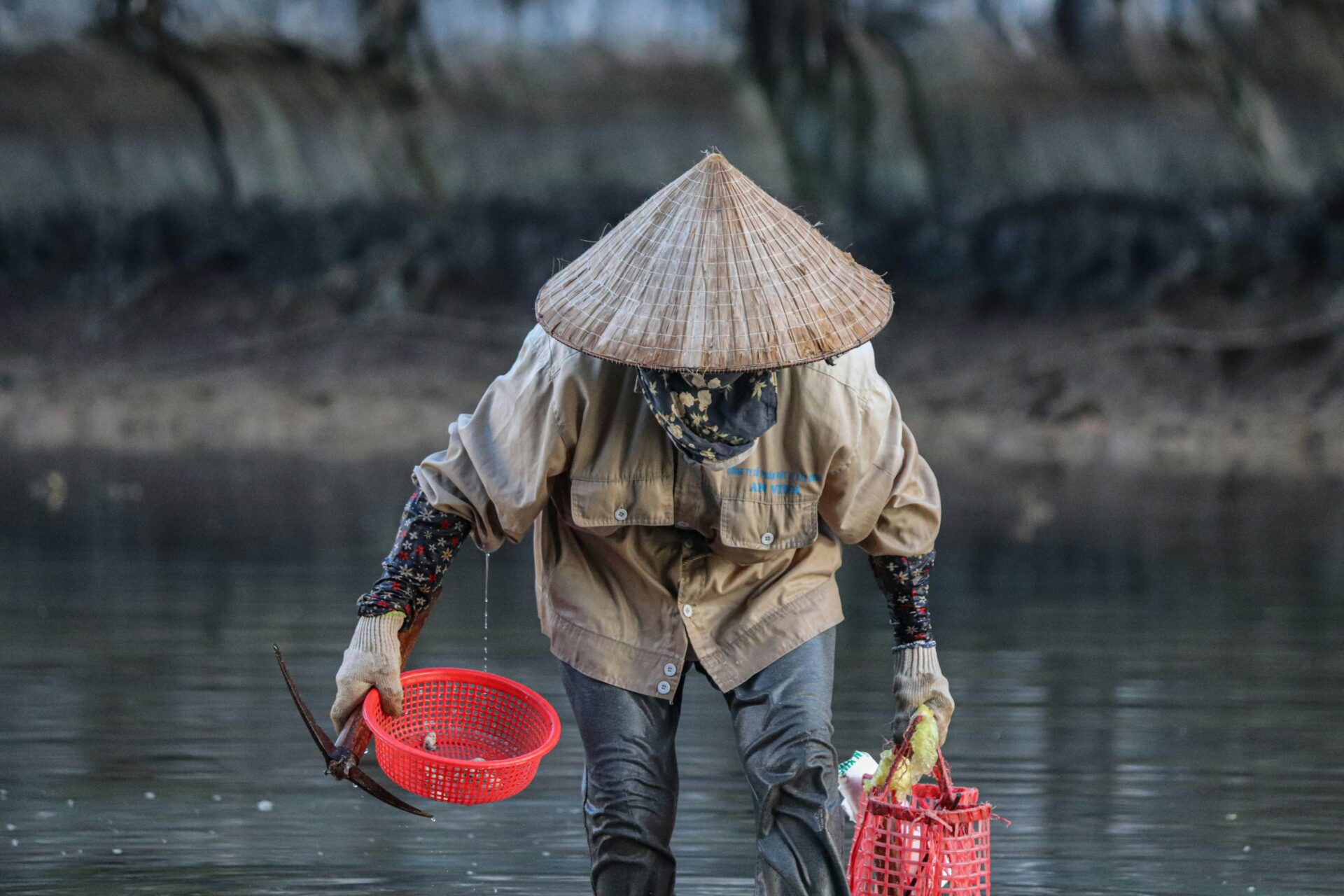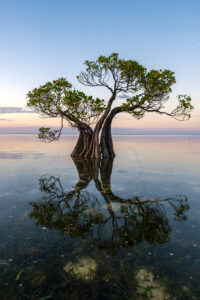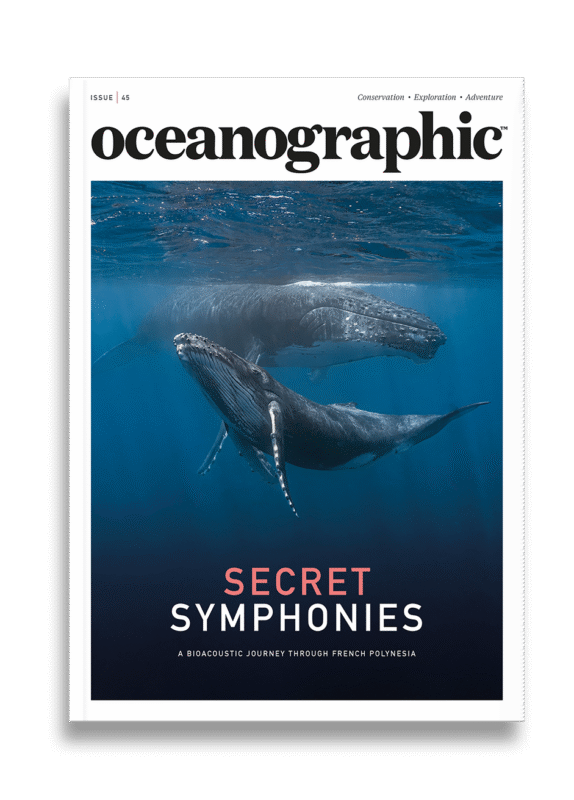Ocean plastic kills marine life in 'far smaller doses' than we thought
Scientists have delivered the most detailed picture to date of just how much ocean plastic it takes to kill seabirds, sea turtles, and marine mammals, and the answer- according to analysis published this week - is far less than one might first assume.
Scientists have delivered the most detailed picture to date of just how much ocean plastic it takes to kill seabirds, sea turtles, and marine mammals, and the answer- according to analysis published this week – is far less than one might first assume.
Released today in the Proceedings of the National Academy of Sciences (PNAS), the peer-reviewed study, led by scientists from Ocean Conservancy, has introduced a quantitative framework that links the volume and type of ingested macro plastics to the likelihood of death across dozens of marine species.
The findings cut through years of anecdotal evidence with one stark conclusion: even small amounts of plastic can be fatal.
According to the study, ingesting less than three sugar cubes’ worth of plastic can push seabirds like Atlantic puffins past a 90% likelihood of death. For sea turtles such as loggerheads, just over two baseballs’ worth can be similarly catastrophic, while harbour porpoises may succumb after ingesting roughly the equivalent volume to a football (soccer ball).
Even more alarming, the 50% mortality threshold – where just half that amount proves lethal – drops to less than a single sugar cube for puffins and under half a baseball’s worth for loggerheads.
“We’ve long known that ocean creatures of all shapes and sizes are eating plastics; what we set out to understand was how much is too much,” said lead author Dr. Erin Murphy, Ocean Conservancy’s manager of ocean plastics research.
“Overall, it’s much smaller than you might think, which is troubling when you consider that more than a garbage truck’s worth of plastics enters the ocean every minute.”

To reach their conclusions, the research team assessed 10,412 necropsies from around the world – 1,537 seabirds across 57 species, 1,306 sea turtles spanning all seven species, and 7,569 marine mammals from 31 species. Each case included documented cause of death and detailed records of plastic ingestion, allowing scientists to model how both the number and volume of plastic pieces correlate with mortality.
The team also evaluated the lethality of specific plastic types. They found that seabirds are particularly vulnerable to synthetic rubber, with six pea-sized pieces posing a 90% risk of death. Sea turtles, meanwhile, are most at risk from soft plastics – such as plastic bags – with 342 pea-sized pieces reaching the 90% lethal threshold. Finally, for marine mammals – especially large species – the most extreme danger comes from fishing debris. In fact, as few as 28 pieces smaller than a tennis ball could kill a sperm whale with 90% certainty.
“Plastic bags, lost fishing gear, and other larger items can be dangerous to animals big and small,” said co-author Dr. Britta Baechler, Ocean Conservancy’s director of ocean plastics research. “One in 20 sea turtles we studied died from ingesting plastics. I wouldn’t take those odds.”
Nearly half of all sea turtles, a third of seabirds, and 12% of marine mammals in the dataset had plastics in their digestive tracts at the time of death. In total, 21.5% of all animals examined had consumed plastics of some kind.
Seabirds most often ingested hard plastics (92%); sea turtles ingested soft plastics (69%) and fishing debris (58%); marine mammals ingested fishing gear at the highest rate (72%).
Alarmingly, almost half of the animals that had eaten plastic are listed as threatened under IUCN criteria.
“This research really drives home how ocean plastics are an existential threat to the diversity of life on our planet,” said Nicholas Mallos, vice president of Ocean Conservancy’s Ending Ocean Plastics program. “Ingesting plastics is just one way marine life is threatened. Add entanglement and toxic chemical exposure, and the risks multiply.”

Scientists estimate over 11 million metric tons of plastics enter the ocean each year – much of it single-use materials frequently collected during Ocean Conservancy’s long-running International Coastal Cleanup. Since 1986, volunteers have removed more than 400 million pounds of ocean-bound debris.
“Every year, volunteers collect massive numbers of balloons, plastic bags, straws, food wrappers – items that are lethal to wildlife even in small amounts,” said Allison Schutes, senior director of conservation cleanups. “When you pick up just a few pieces of plastic, you are helping to protect the life of a marine animal.”
The authors say their findings offer policymakers the science-based thresholds needed to craft effective regulations aimed at reducing plastic pollution at the source.
“We are thrilled to have this new research quantifying the wildlife impacts of plastic pollution,” said Dr. Anja Brandon, Ocean Conservancy’s director of plastics policy. “Every policy and every individual action matters.”
“This research provides an important foundation for decision-makers to understand thresholds for risk to better protect biodiversity,” added Dr. Chelsea Rochman, senior author and University of Toronto associate professor.
As nations negotiate global plastics agreements and coastal communities confront the daily reality of marine debris, the study’s message rings clear: the ocean’s wildlife is living on a razor-thin margin – and even a handful of plastic can tip the scales.


"*" indicates required fields
Printed editions
Current issue
Back issues

Back Issues
Issue 43 Sir David Attenborough’s ‘Ocean’

Back Issues
Issue 41 Holdfast to the canopy
Enjoy so much more from Oceanographic Magazine by becoming a subscriber.
A range of subscription options are available.








